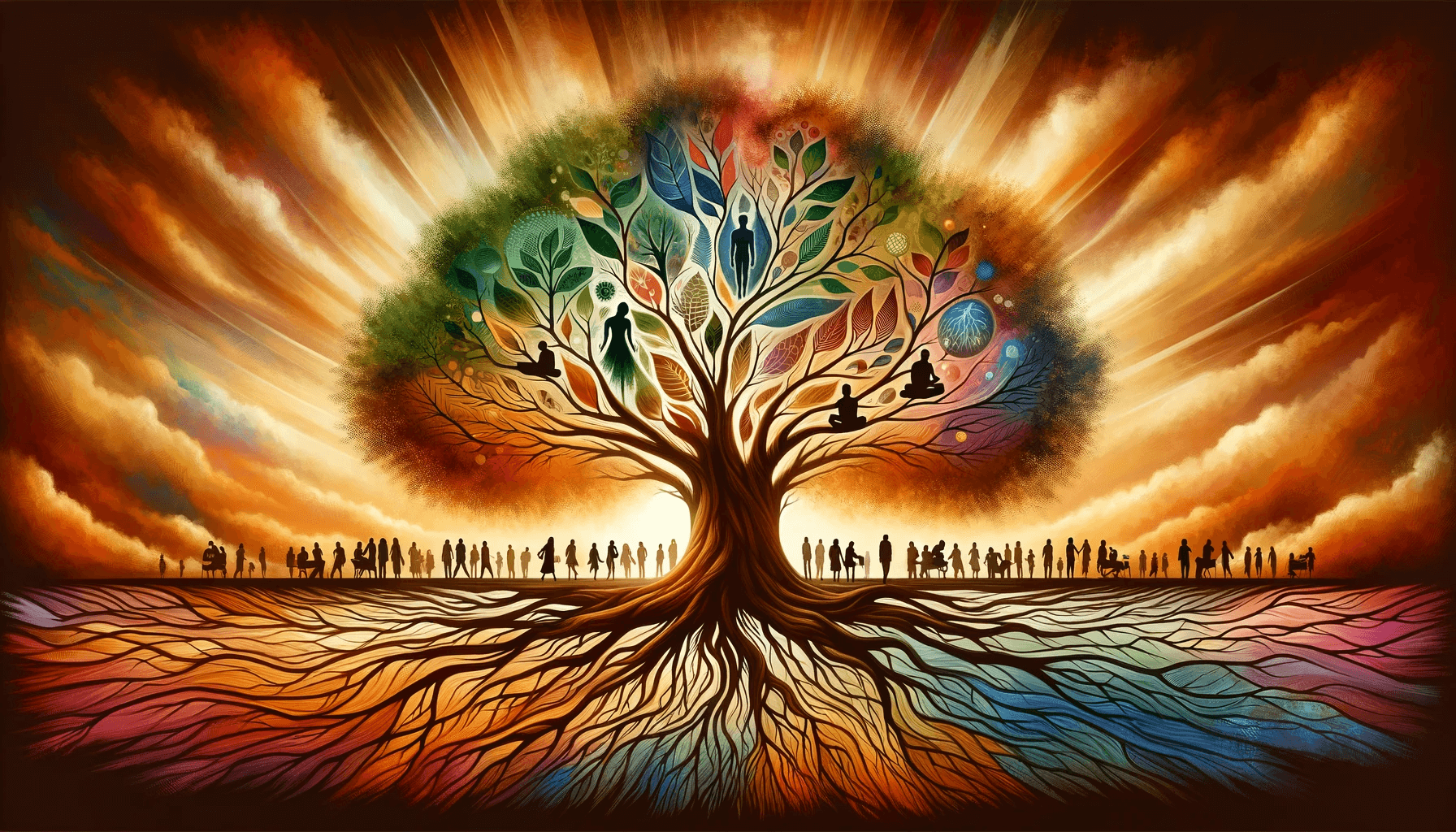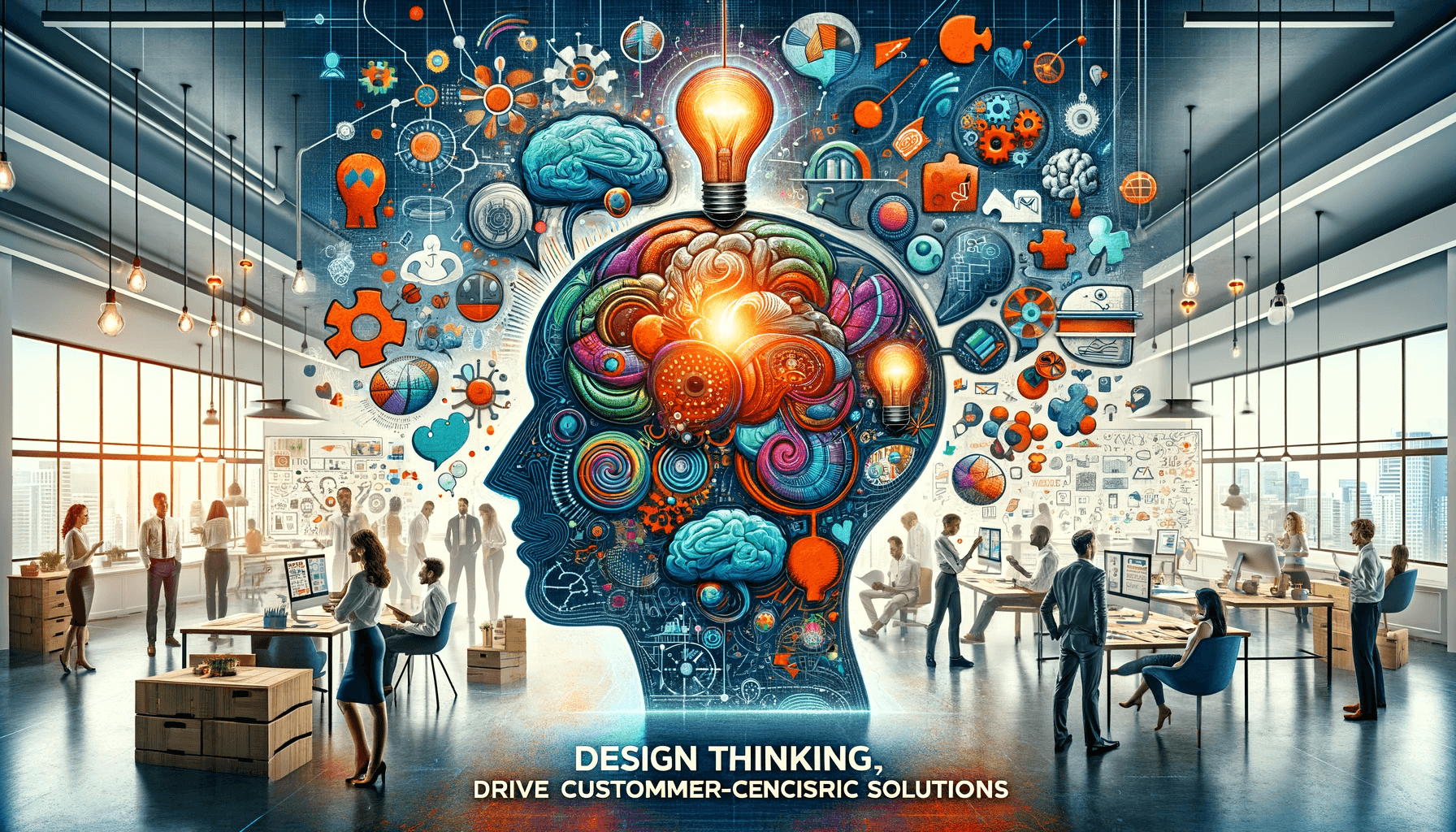Sponsor The Abundance Accelerator
Table of Contents
What is visual content creation?
In today’s digital age, visual content has become integral to our lives. Visual content, from social media platforms to websites and advertisements, is crucial in capturing and retaining the audience’s attention. As a visual content creator, you can showcase your creativity and connect with people on a deeper level. Whether you are a photographer, graphic designer, videographer, or illustrator, mastering the craft of visual content creation can open up a world of possibilities for you. This article will explore the skills, tools, and strategies required to become a successful visual content creator in the digital age.
The importance of visual content in digital marketing
Visual content has proven to be highly effective in digital marketing. It has the power to convey messages, evoke emotions, and make a lasting impact on the audience. Studies have shown that people remember 80% of what they see and only 20% of what they read. This statistic alone highlights the significance of visual content in capturing and retaining the audience’s attention. Whether you are creating content for social media, websites, or advertisements, incorporating visually appealing elements can significantly enhance the effectiveness of your message. Visual content not only helps grab attention but also conveys complex ideas and information concisely and engagingly.
Skills required to become a successful visual content creator
Successful visual content creation requires technical skills, creativity, and an understanding of the audience. Firstly, you need to have a solid foundation in the technical aspects of your chosen medium. This could include knowledge of photography techniques, graphic design software, video editing tools, or illustration techniques. Familiarizing yourself with the latest tools and software in your field is crucial to stay ahead in the competitive world of visual content creation.
In addition to technical skills, creativity is at the heart of visual content creation. The ability to think outside the box, experiment with different ideas, and come up with unique concepts will set you apart from the crowd. Creativity is not limited to the choice of colors, composition, or visual elements, but also in telling compelling stories through your visuals. The ability to evoke emotions and connect with your audience through your work will make your visual content stand out.
Lastly, understanding your audience is essential in creating content that resonates with them. Researching and analyzing your target audience’s demographics, preferences, and interests will help you tailor your visual content to their needs. This could involve conducting surveys, analyzing data, or engaging with your audience on social media platforms. By understanding your audience, you can create visually appealing content that speaks directly to them, increasing the chances of engagement and conversions.
Tools and software for visual content creation
In the digital age, countless tools and software are available to assist visual content creators in their work. These tools range from professional-grade software to user-friendly apps catering to different creators’ needs and skill levels. For photographers, software like Adobe Photoshop and Lightroom provide powerful editing capabilities to enhance and manipulate images. Graphic designers can utilize software like Adobe Illustrator or Canva to create stunning visuals and illustrations. Video editors can access software like Adobe Premiere Pro or Final Cut Pro to edit and produce high-quality videos. It’s important to explore and experiment with different tools to find the ones that suit your workflow and creative style.
Besides software, various online platforms and marketplaces can help visual content creators showcase and sell their work. Websites like Behance, Dribbble, and Instagram allow you to create an online portfolio and connect with potential clients and collaborators. Marketplaces like Shutterstock or Adobe Stock provide a platform to sell your visual content and earn passive income. As a visual content creator, leveraging these platforms to expand your reach and monetize your work is crucial.
Developing your own unique style as a visual content creator
Developing your own unique style is crucial to stand out as a visual content creator. While technical skills and creativity are important, having a distinct style will make your work instantly recognizable and memorable. Your style could be defined by your choice of colors, composition, subject matter, or even the emotions you evoke through your visuals. Experimenting with different styles and techniques can help you discover what resonates with you and your audience. It’s essential to find a balance between staying true to your style and adapting to the needs of your clients or target audience. Continuously refining and evolving your style will make you a better visual content creator and help you build a strong personal brand.
Tips for creating visually appealing and engaging content
Creating visually appealing and engaging content requires careful planning and attention to detail. Here are some tips to help you create impactful visual content:
- Know your objective: Before starting any project, clearly define the objective or message you want to convey through your visuals. This will guide your creative decisions and ensure your content is focused and effective.
- Plan your composition: Composition plays a crucial role in visual storytelling. Consider the rule of thirds, leading lines, and symmetry to create visually pleasing and balanced compositions.
- Use color effectively: Color can evoke emotions and set the mood of your visuals. Understand the psychology of colors and use them strategically to convey the desired message.
- Attention to typography: Typography is an important element in visual content creation. Choose fonts that complement your visuals and ensure they are legible and easy to read.
- Experiment with different formats: Don’t limit yourself to a single format or medium. Explore different formats like images, videos, infographics, or animations to keep your content fresh and engaging.
- Incorporate storytelling: Visual content is not just about aesthetics; it’s about telling a story. Use visuals to convey narratives, evoke emotions, and connect with your audience more deeply.
- Test and iterate: Don’t be afraid to experiment and test different variations of your visual content. Analyze the performance and feedback, and make necessary adjustments to improve the effectiveness of your visuals.
Understanding the target audience and creating content that resonates
Understanding your target audience is crucial in creating visual content that resonates with them. Conducting thorough research and analysis will help you identify your audience’s demographics, preferences, and interests. This can be done through surveys, data analysis, social media listening, or engaging directly with your audience. By understanding your audience, you can create visual content that speaks directly to their needs and desires. This will increase the chances of engagement, conversions, and building a loyal community around your work. Regularly monitoring the performance of your content and analyzing the feedback will help you fine-tune your approach and create content that consistently resonates with your audience.
Utilizing different platforms for sharing visual content
In the digital age, numerous platforms are available for sharing visual content. Each platform has its unique features, audience, and requirements. As a visual content creator, it’s important to understand the strengths and limitations of each platform and tailor your content accordingly. For example, Instagram is a highly visual platform perfect for showcasing your portfolio and engaging with a large audience. Conversely, LinkedIn focuses more on professional networking and can be an excellent platform for sharing industry insights and thought leadership content. YouTube is ideal for video content creators, while Pinterest is popular among those looking for inspiration and ideas. By utilizing different platforms strategically, you can maximize the reach and impact of your visual content.
Collaborating with other creatives and influencers
Collaboration is a powerful tool for visual content creators. Collaborating with other creatives and influencers can help you expand your network, gain exposure, and learn from others in the industry. Look for opportunities to collaborate with photographers, graphic designers, videographers, or influencers whose work aligns with your style and values. This could involve joint projects, guest blogging, cross-promotion, or even organizing workshops or events together. Collaborating allows you to tap into new audiences and brings fresh perspectives and ideas to your work. Building strong relationships with other creatives and influencers can open up new opportunities and help you grow as a visual content creator.
Monitoring and analyzing the performance of your visual content
Monitoring and analyzing the performance of your visual content is essential to understand what works and what doesn’t. This involves tracking metrics like engagement, reach, conversions, and feedback. Most social media platforms provide built-in analytics tools that allow you to monitor the performance of your content. Additionally, there are third-party tools and software available that provide more in-depth analysis and insights. Regularly reviewing the analytics will help you identify trends, understand audience preferences, and make data-driven decisions for your future content. By continuously monitoring and analyzing the performance of your visual content, you can optimize your approach and maximize the impact of your work.
Building a portfolio and showcasing your work
Building a portfolio is essential for any visual content creator. A portfolio is a collection of your best work that showcases your skills, style, and creativity. It serves as a visual resume and is often the first impression potential clients or collaborators have of your work. Depending on your chosen medium, there are various ways to create a portfolio. For photographers, websites like Squarespace or WordPress offer templates and customization options to create a professional portfolio. Graphic designers can utilize platforms like Behance or Dribble to showcase their work and connect with potential clients. Video editors can create showreels or highlight reels to demonstrate their skills and style. It’s important to regularly update your portfolio with your latest work and ensure that it accurately represents your capabilities and style as a visual content creator.
Networking and finding opportunities as a visual content creator
Networking is crucial in finding opportunities and advancing your career as a visual content creator. Building relationships with other professionals in your industry can open doors to new collaborations, projects, and clients. Attend industry events, workshops, or conferences to meet and connect with like-minded individuals. Join online communities or forums to share your work, seek feedback, and engage in discussions. Actively engage with your audience and respond to comments and messages to build a strong community around your work. Networking is not just about self-promotion; it’s about building genuine connections and mutually beneficial relationships. By nurturing your network, you can increase your visibility, find new opportunities, and stay updated with industry trends.
Continuous learning and staying updated with industry trends
The field of visual content creation is constantly evolving, with new tools, techniques, and trends emerging regularly. As a visual content creator, staying updated with the latest industry trends and continuously learning and improving your skills is crucial. Subscribe to industry blogs, newsletters, or podcasts to stay informed about the latest developments. Follow influential visual content creators, agencies, or brands on social media to gain inspiration and insights. Participate in online courses, workshops, or webinars to enhance your technical skills and learn from industry experts. Experiment with new tools, software, or techniques to stay ahead of the curve. Continuous learning and staying updated with industry trends will keep your work fresh and relevant and open up new career opportunities.
Conclusion
Becoming a successful visual content creator in the digital age requires technical skills, creativity, and an audience understanding. By mastering the craft of visual content creation, you can create visually appealing and engaging content that resonates with your audience. From understanding the importance of visual content in digital marketing to developing your unique style, utilizing different platforms, and networking with other creatives, numerous factors must be considered on your journey to success. Continuous learning, staying updated with industry trends, and regularly monitoring the performance of your visual content are key to staying ahead in the competitive world of visual content creation. So, embrace your creativity, hone your skills, and embark on a journey to become a successful visual content creator in the digital age.
CTA: If you’re ready to take your visual content creation skills to the next level, implement the tips and strategies mentioned in this article. Mastery comes with practice, so keep creating and refining your craft. Good luck on your journey to becoming a successful visual content creator!




